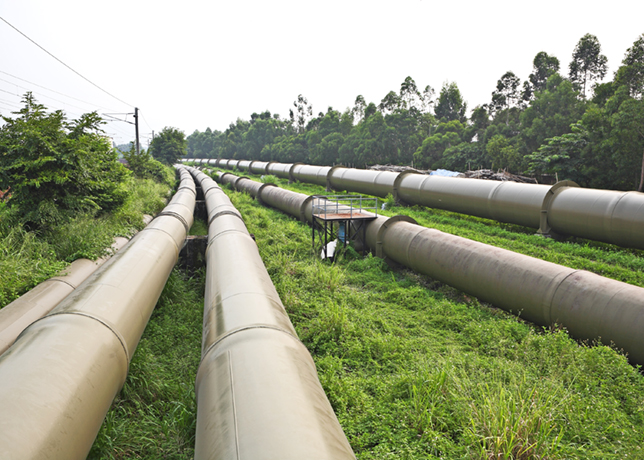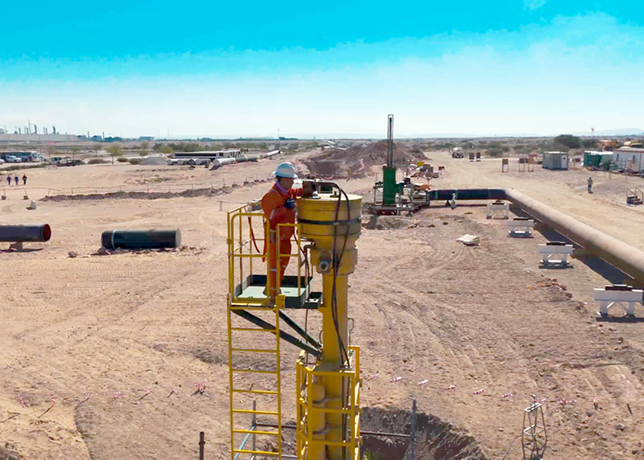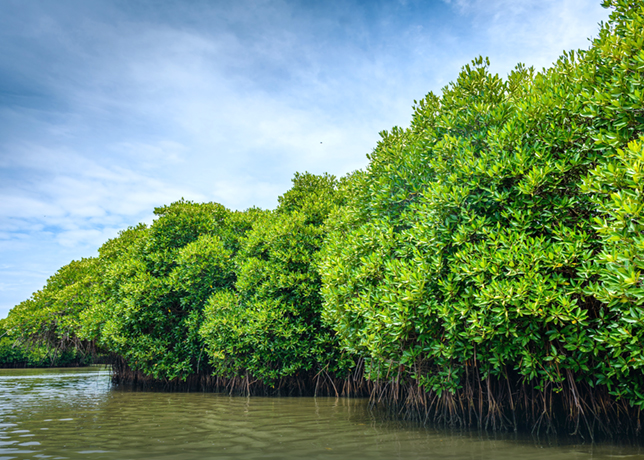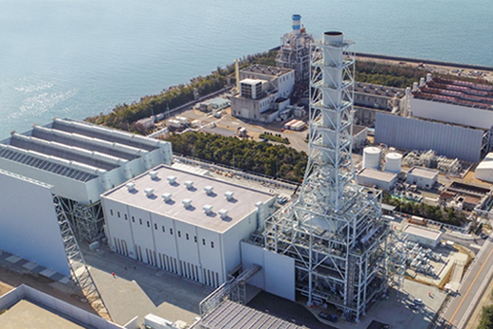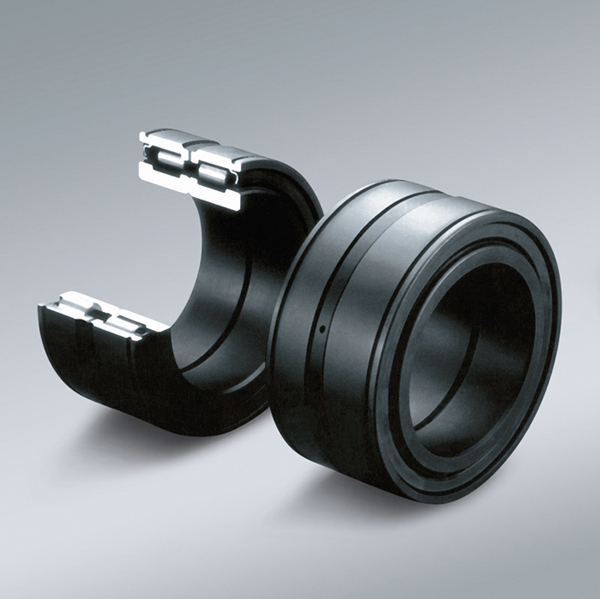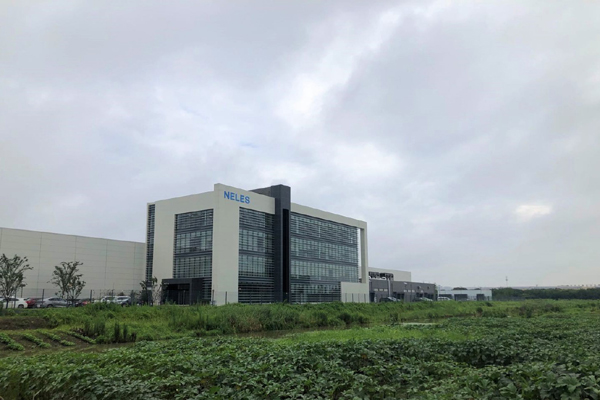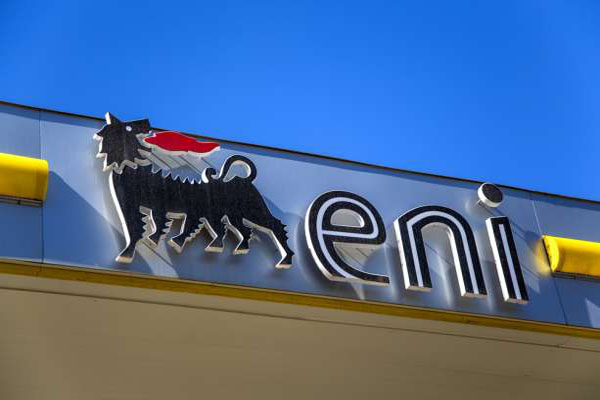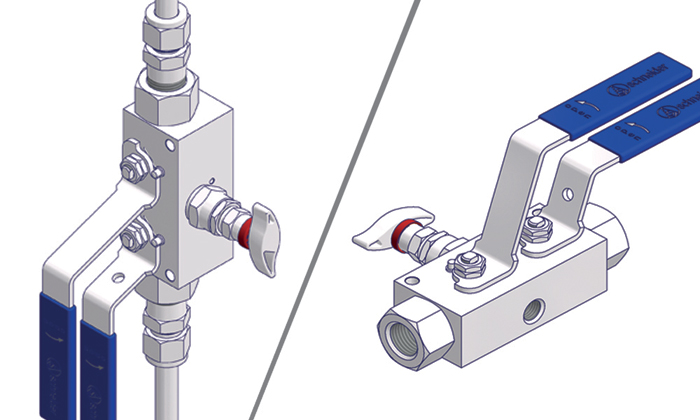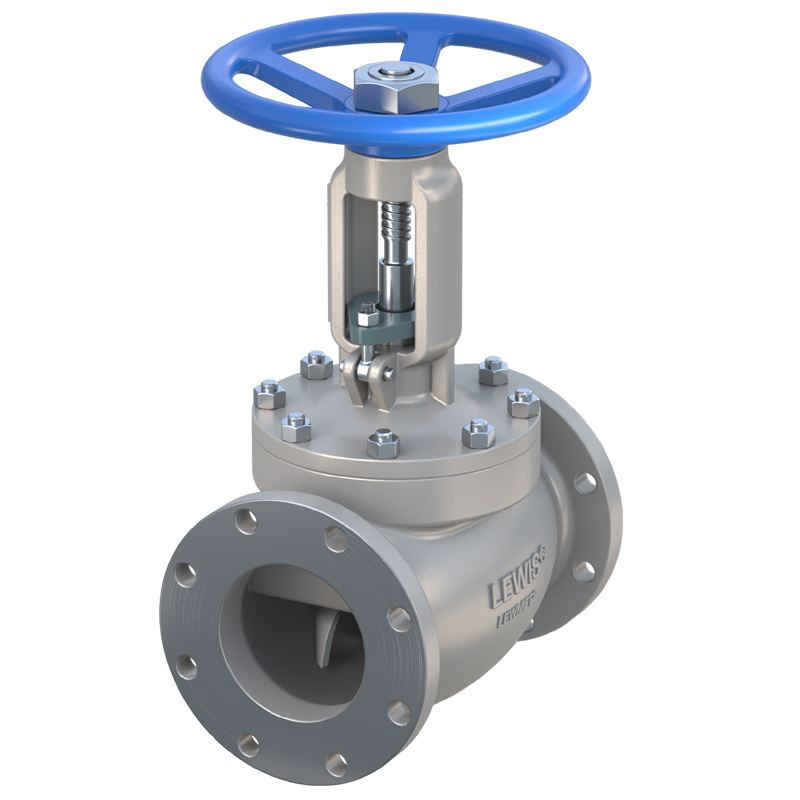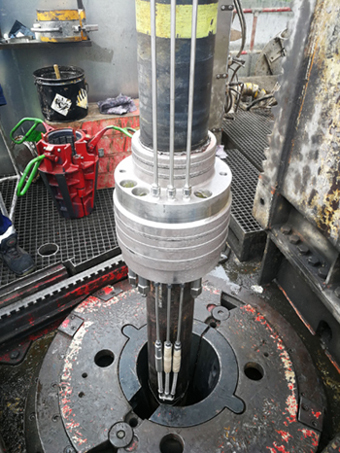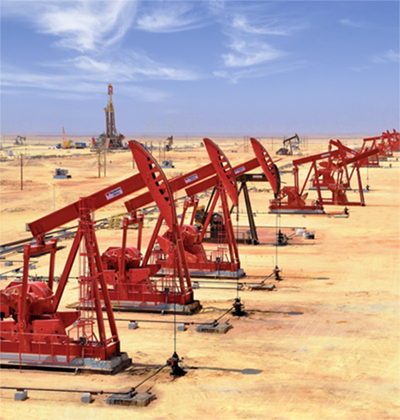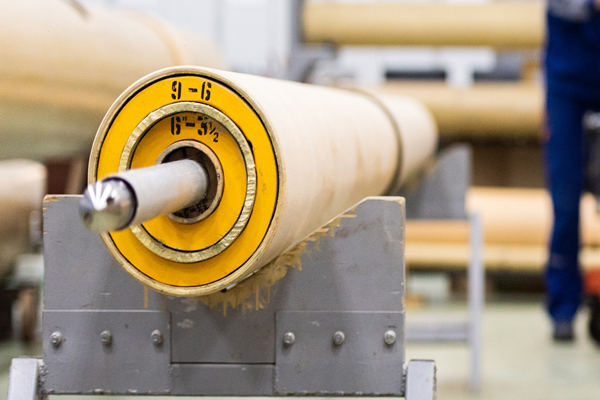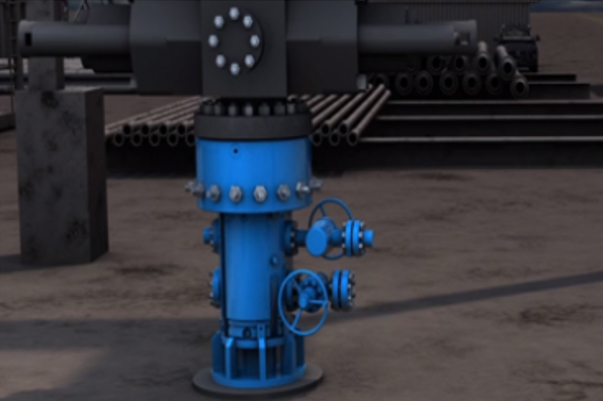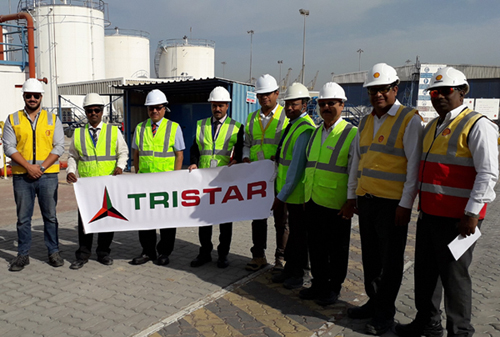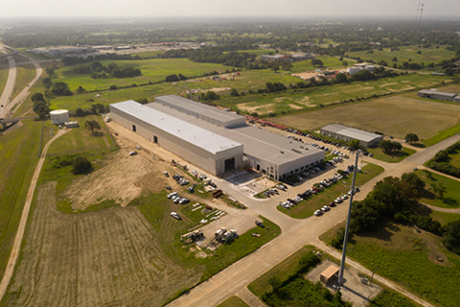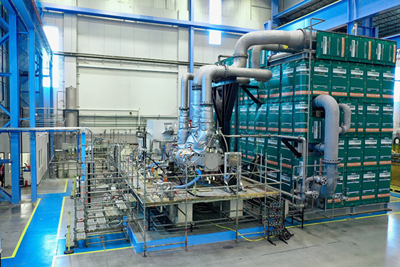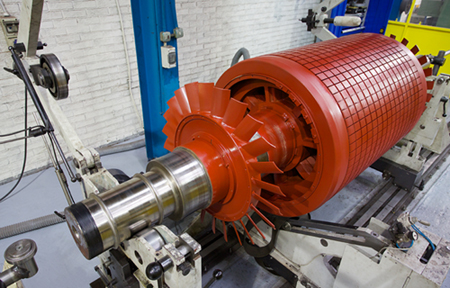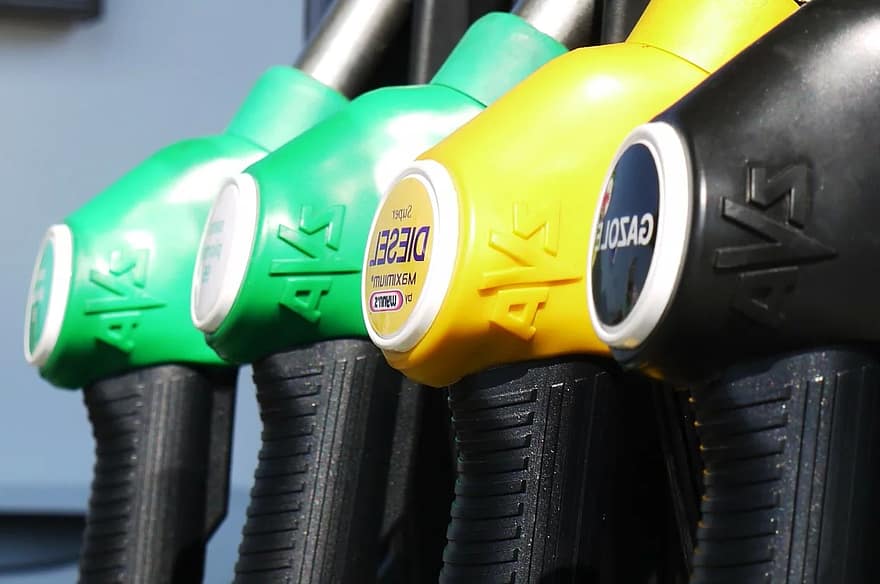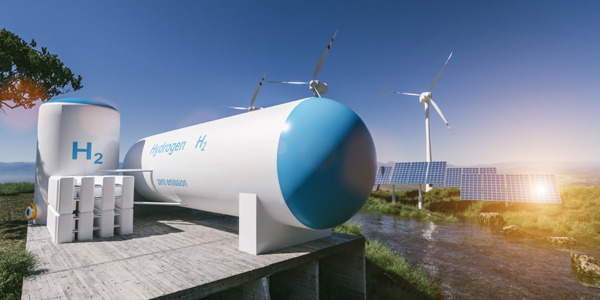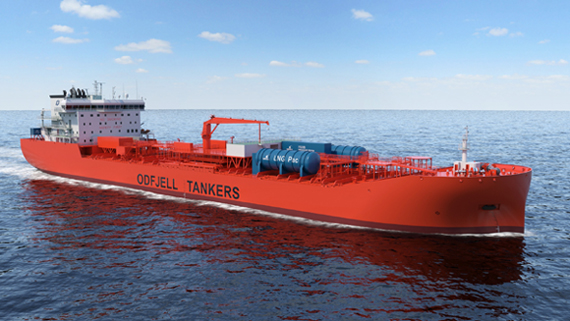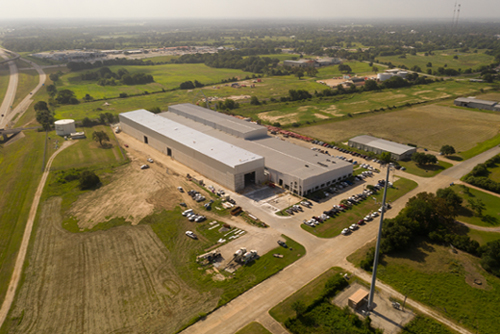
 The success of ostrich oil as a corrosion inhibitor could pave the way for other animal-derived extracts, expanding the toolkit of green technologies
The success of ostrich oil as a corrosion inhibitor could pave the way for other animal-derived extracts, expanding the toolkit of green technologies
The implications of ostrich fat waste as a corrosion inhibitor extend beyond the laboratory, allowing industries, such as oil and gas, where steel pipelines face constant acid exposure, to benefit significantly
In a world grappling with environmental challenges, the quest for sustainable industrial solutions has never been more urgent. Enter an unlikely hero: Ostrich fat waste.
Once discarded as a by-product of the meat and leather industries, this animal-derived extract is now emerging as a potent, eco-friendly corrosion inhibitor for steel in acidic environments, such as oil and gas.
Recent research highlights its remarkable ability to protect C38 steel in hydrochloric acid, offering a green alternative to toxic chemical inhibitors.
By transforming waste into a valuable resource, ostrich fat extracts align with global sustainability goals, promising a cleaner future for industries reliant on steel.
A NOVEL APPROACH TO CORROSION PROTECTION
Corrosion, the gradual degradation of metals, costs industries billions annually, with acidic environments posing a particular threat to steel infrastructure.
Traditional corrosion inhibitors, often synthetic chemicals, are effective but environmentally harmful, prompting a shift towards green corrosion inhibitors (GCIs).
Plant-based extracts have dominated this space, but animal-derived alternatives are gaining traction.
Ostrich fat waste, rich in fatty acids and bioactive compounds, is proving to be a game-changer.
A 2024 study published in the Colloids and Surfaces: A Physicochemical and Engineering Aspects journal demonstrates that ostrich oil, extracted from fat waste, achieves up to 94 per cent corrosion inhibition efficiency for C38 steel in 1 M hydrochloric acid at a concentration of 0.5 g/L.
The research employed a suite of techniques to validate these findings. Electrochemical methods, including impedance spectroscopy and potentiodynamic polarisation, revealed that ostrich oil forms a protective layer on steel surfaces through chemical adsorption.
This layer increases the resistance of the electrochemical double layer, thwarting corrosive attacks.
Gas chromatography (GC-FID) identified key fatty compounds, such as oleic and palmitic acids, responsible for this protective effect.
Complementary surface analyses, using scanning electron microscopy (SEM) and energy-dispersive X-ray spectroscopy (EDS), confirmed minimal surface damage on steel exposed to ostrich oil compared to unprotected samples.
Density Functional Theory (DFT) and Molecular Dynamics (MD) simulations further elucidated the adsorption mechanism, showing how these compounds bind to steel, creating a robust barrier against acid-induced corrosion.
Beyond its efficacy, ostrich fat waste offers practical advantages. It is abundant, inexpensive, and readily available, unlike some plant-based inhibitors that require extensive cultivation.
Its valorisation reduces landfill waste, aligning with circular economy principles. Recent advancements in extraction techniques, such as supercritical CO2 extraction, enhance the purity and yield of ostrich oil, making it a scalable solution for industrial applications.
These developments underscore the potential of animal waste to address environmental and economic challenges simultaneously.
SCALING UP SUSTAINABILITY
The implications of ostrich fat waste as a corrosion inhibitor extend beyond the laboratory.
Industries such as oil and gas, where steel pipelines face constant acid exposure, stand to benefit significantly.
By replacing toxic inhibitors with ostrich oil, companies can reduce their environmental footprint while maintaining operational efficiency.
The global ostrich farming industry, particularly in regions like South Africa and Australia, generates substantial fat waste, providing a ready supply for this innovative application.
Moreover, the low cost of ostrich fat compared to synthetic inhibitors makes it an attractive option for cost-conscious industries.
Recent industry reports highlight growing interest in bio-based corrosion inhibitors.
A 2025 article in Materials Today Sustainability notes that the market for green inhibitors is projected to grow at a compound annual growth rate of 6.8 per cent through 2030, driven by stricter environmental regulations and consumer demand for sustainable products.
Ostrich fat waste fits seamlessly into this trend, offering a novel solution that bridges waste management and corrosion protection.
Collaborative efforts between researchers and industry players are underway to optimise ostrich oil formulations, with pilot projects exploring its use in real-world settings, such as offshore drilling platforms.
However, challenges remain. Standardising the composition of ostrich fat extracts is critical, as variations in fatty acid profiles can affect performance.
Ongoing research aims to address this through advanced characterisation techniques and quality control protocols.
Additionally, regulatory approval for widespread industrial use requires rigorous testing to ensure safety and efficacy.
Despite these hurdles, the environmental benefits of ostrich fat waste are undeniable. By repurposing a by-product that would otherwise contribute to pollution, this approach exemplifies how innovation can transform waste into wealth.
The journey of ostrich fat waste from landfill to laboratory is a testament to the power of sustainable thinking.
As industries strive to meet net-zero targets, solutions like these offer a blueprint for balancing economic growth with environmental stewardship.
The success of ostrich oil as a corrosion inhibitor could pave the way for other animal-derived extracts, expanding the toolkit of green technologies.
For now, this unassuming by-product is proving that even the most overlooked resources can play a starring role in the fight for a greener planet. n
REFERENCES
• Green Ostrich fat waste extracts as a novel potential inhibitor to sustainable corrosion of steel in acidic environments: Electrochemical and DFT evaluation, Colloids and Surfaces A: Physicochemical and Engineering Aspects, 2024.
• Materials Today Sustainability, Bio-based Corrosion Inhibitors Market Outlook, 2025.
• Circular Economy in Ostrich Farming, Waste Management Journal, 2025.
By Abdulaziz Khattak







































